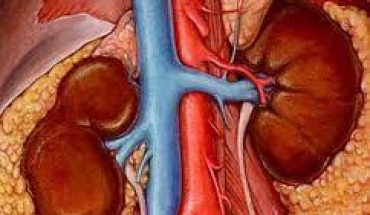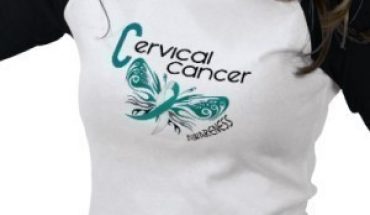Herpes simplex 1 infections are small, colorless, blisters that contain fluid and commonly emerge on the face. In less common cases the herpes simplex 1 infection may appear in the genital region. The infection could also grow into sores on the skin’s surface. Tiny and painful blisters that typically come up on an individual’s lips are called cold sores. These developments are caused by herpes simplex 1. They are not only specific to the lips, they may also emerge within a person’s mouth, nose or directly on the face. These are the most general areas for the sores to develop.
Symptoms of Herpes simplex 1
Two types of infections may be found, they are recurrent and primary. In general most people become infected after being exposed to the virus. Those who will actually witness the formation of sores figure around 10 percent. Between 2 to 20 days, sores associated with the primary infection will begin to manifest after there has been contact with someone who is infected. These sores may persist between 7 and 10 days. The blisters that develop may be in groups or individual outbreaks. A burning or tingling sensation may be felt before the actual sores come up. It may also feel stingy or itchy. Small injuries to the blisters may cause the blisters to break. This permits the content of the blisters to flow outward and solidify. These scab formations in time will fall away and the skin will appear red while it is healing.
It can be expected that the sores which develop due to the primary infection will totally heal and hardly ever leave any scars. On the other hand the virus which brought on the infection does not exit the body. It travels to the nerve cells where it will inhabit. It is due to this fact that persons can experience recurrent episodes. This may occur in the place of the original infection or somewhere close to it. The recurrence could be every other week or maybe none at all. These recurrences are generally not serious. Possible triggers to the infection’s emergence are fevers, menstrual cycle, trauma or contact with the sun. It may also reoccur with no cause.
Diagnosis of Herpes Simplex Virus
Usually, based on the sores that emerge on the face a diagnosis of herpes can be made. A more definitive diagnosis using laboratory test will be required for herpes simplex virus (HSV) that affects the eyes and more extensive outbreaks on the skin. There are a number of different tests that can be used to diagnose the infection. A recent one is the use of DNA tests which are very precise and can quickly locate the virus in a sample. The DNA test can also provide other information such as whether the virus is Herpes simplex 1 or 2. This method is also very helpful in diagnosing HSV meningitis or encephalitis that results from a herpes infection. These are more serious developments of herpes infection.





